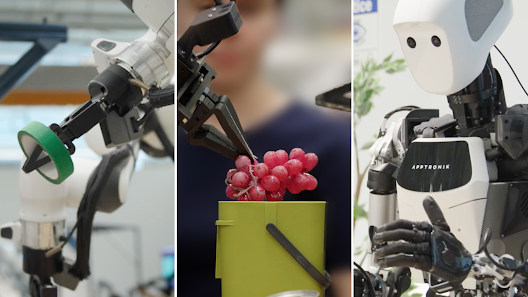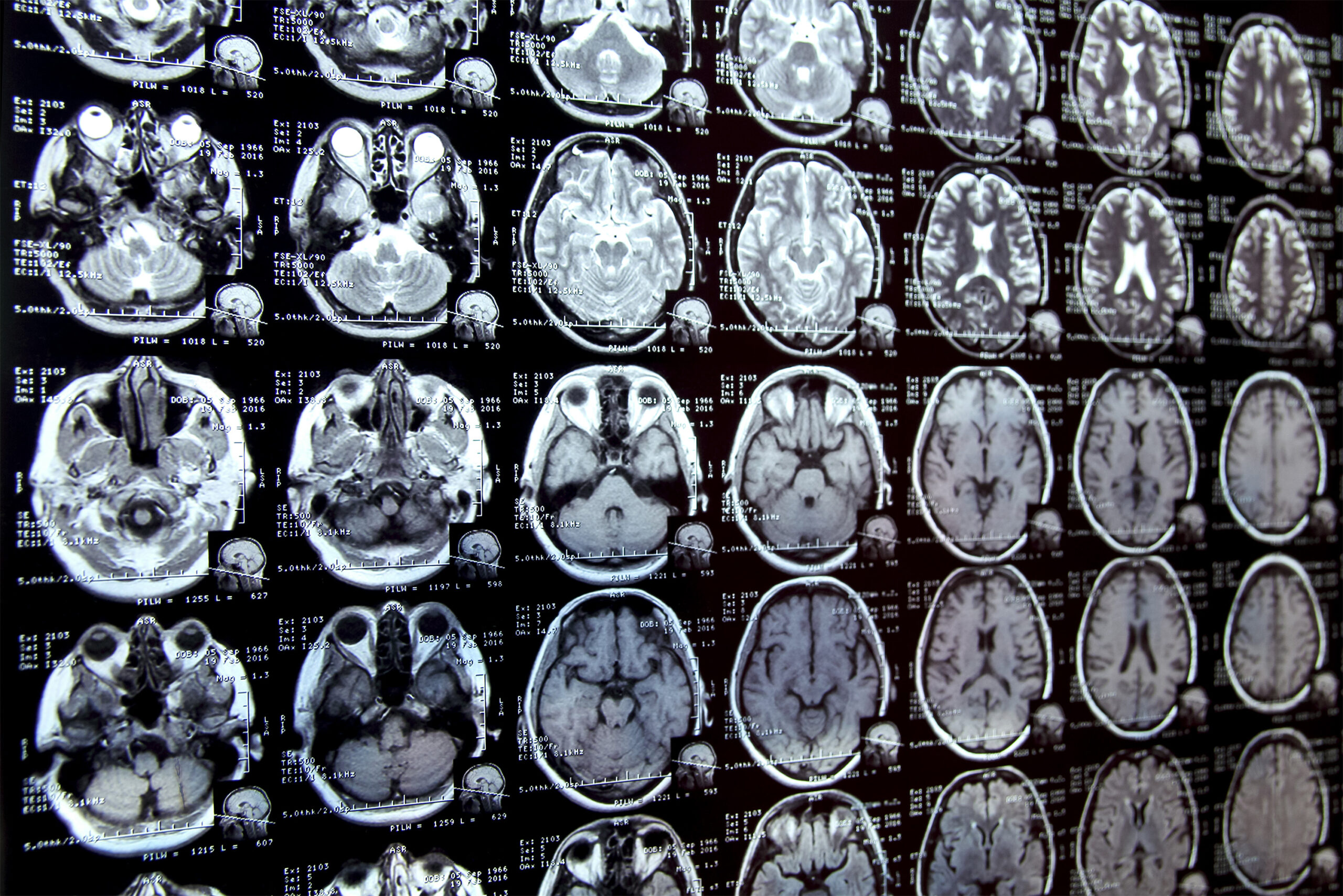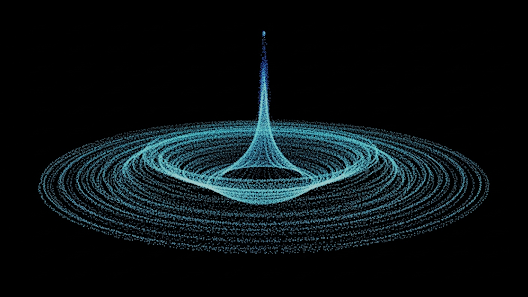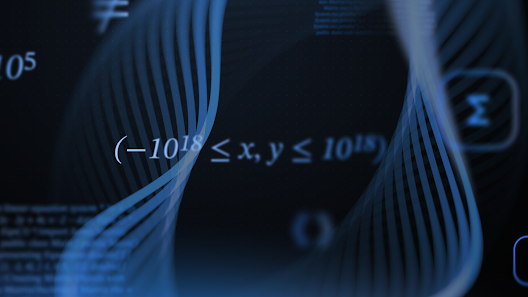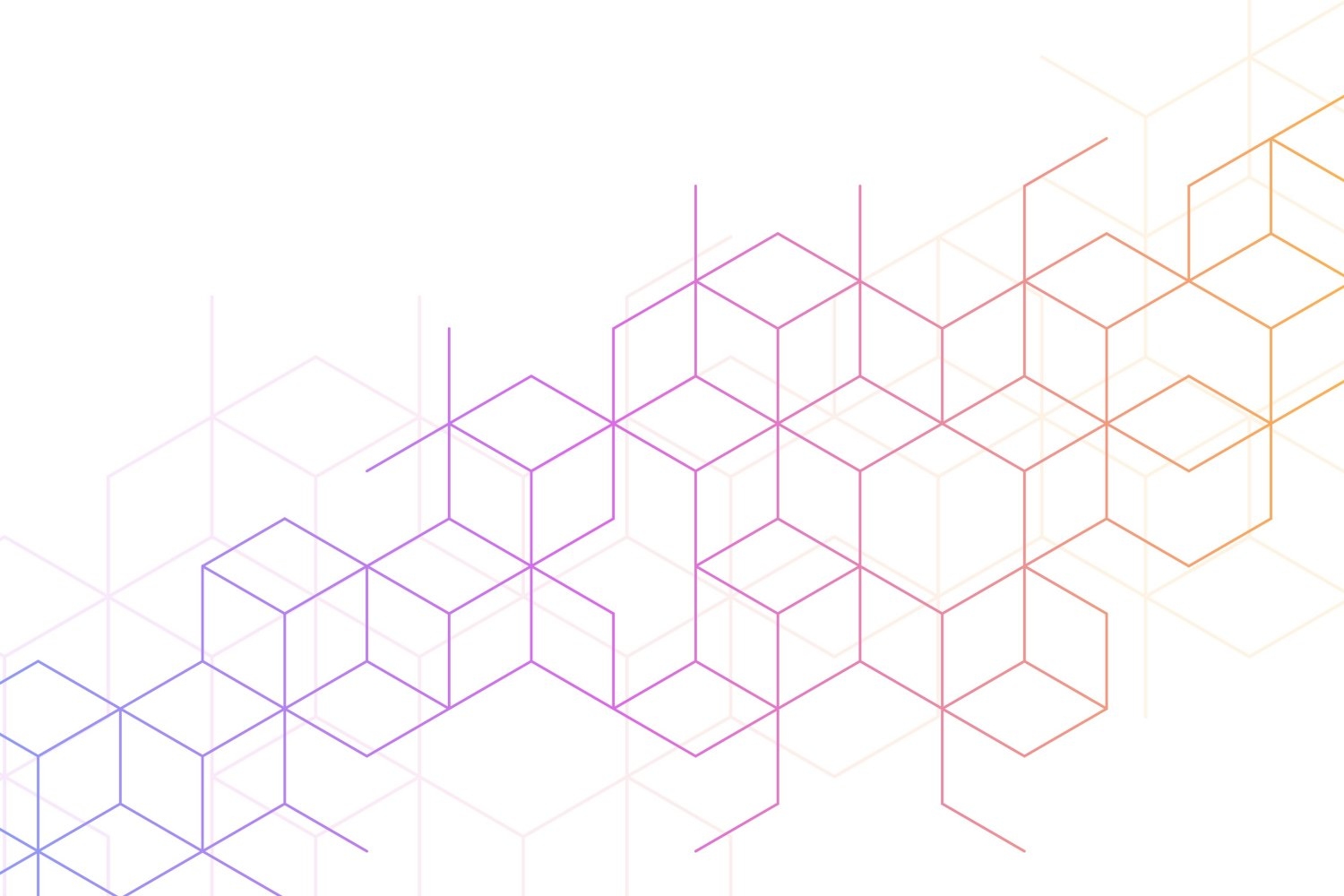Hugging Face has launched a groundbreaking AI model capable of translating natural language commands into robotic actions, ushering in a new era of intelligent automation.
Introducing Pi0: A Step Towards Generalist Robotics
The newly developed model, called Pi0, was created by AI robotics startup Physical Intelligence and integrated into Hugging Face’s LeRobot platform. This cutting-edge model enables robots to understand and execute commands in natural language, making automation more accessible and intuitive.
Pi0 has been trained on data from seven different robotic systems and 68 complex tasks, such as folding laundry, waiting tables, and grocery packing. This diverse dataset allows the model to generate precise low-level motor commands, a significant leap towards artificial physical intelligence.
How Pi0 is Revolutionizing Robotics
Unlike traditional AI models that rely on structured input, Pi0 can process text, images, and actions, enabling robotic systems to respond dynamically to human instructions. This development is similar to how Large Language Models (LLMs) process human queries but extends their capabilities to physical tasks.
According to Hugging Face’s research team, Pi0’s ability to generate real-time motor commands could significantly reduce the time and cost associated with traditional robotics programming.
Expanding AI’s Role in Automation
The implications of Pi0 extend beyond industrial applications. With the rise of AI-driven automation, businesses are exploring ways to integrate intelligent robotics into various sectors. This aligns with broader industry trends where companies are leveraging AI to enhance operational efficiency. Knauf’s AI-powered approach to autonomous supply chains is an example of how AI-driven automation is transforming industries.
Pio-Fast: Enhancing Robotic Training
Building upon Pi0, Physical Intelligence has also introduced Pio-Fast, an optimized version of the model that incorporates a novel tokenization scheme, making it five times faster than its predecessor. This enhanced model improves generalization across different robotic platforms, further expanding the potential applications of AI-powered automation.
The Future of AI and Robotics
The introduction of Pi0 and Pio-Fast signals a major shift in the robotics landscape. By eliminating the need for extensive programming, these models make robotics more accessible to businesses and developers alike. As AI continues to evolve, models like Pi0 pave the way for more intuitive, responsive, and efficient robotic systems.
With AI-driven advancements rapidly transforming industries, the future of automation looks more promising than ever.


